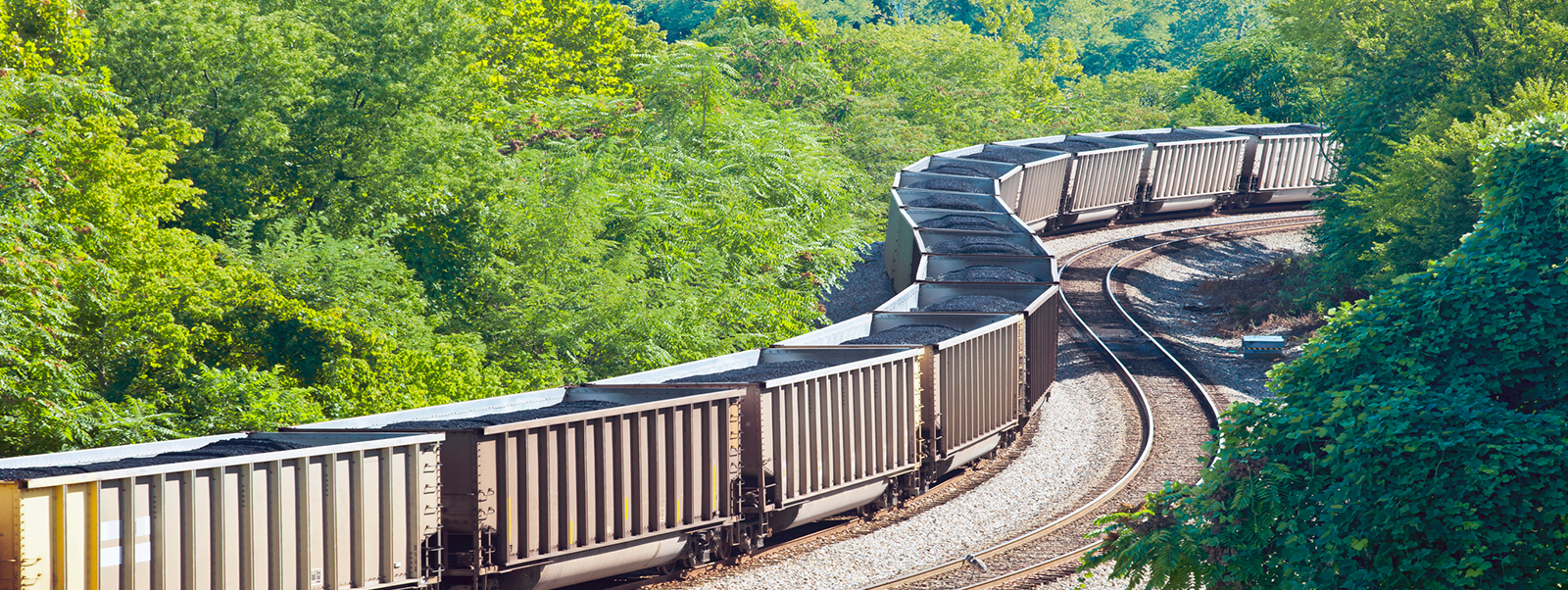US railroads risk falling behind the rest of the world when it comes to incorporating innovations that would let them keep up with dramatic transformations in energy and digital technologies. Once industry leaders, they find themselves today behind counterparts in Europe and China, as well as rivals in the trucking industry, because they need to invest more in new technologies and move faster to adopt them.
The disruption in rail started with the global move away from fossil fuels. Although it began gradually, the move to renewables has picked up speed in recent years and has started having an impact on rail. Take reduced coal usage. By 2016, the amount of coal hauled by railroads was already half of the one billion tons carried less than a decade before in 2008. And with one kilowatt hour of electricity produced by solar or wind power now costing less than three cents, the move away from fossil fuel will only accelerate. Even major oil companies like ExxonMobil, Shell, and BP are recognizing the trend in their projections.
Where more than one quarter of railroad revenue came from the shipment of coal in over a decade ago, that percent dropped to 13.6 percent in 2016. The steady decline appears structural and is unlikely to reverse or even plateau over time.
Besides advances in renewable technologies, the disruption in rail transport is also being driven by progress on a multitude of additional tech fronts, including improvements in battery storage, expanding Distributed Energy Resources (DERs), growing reliance on artificial intelligence, and the expansion of the Internet of Things, and development of distributed ledgers through blockchain technology.
Read the rest of the article on innovative technology adoption needed in the US railroad industry here.


